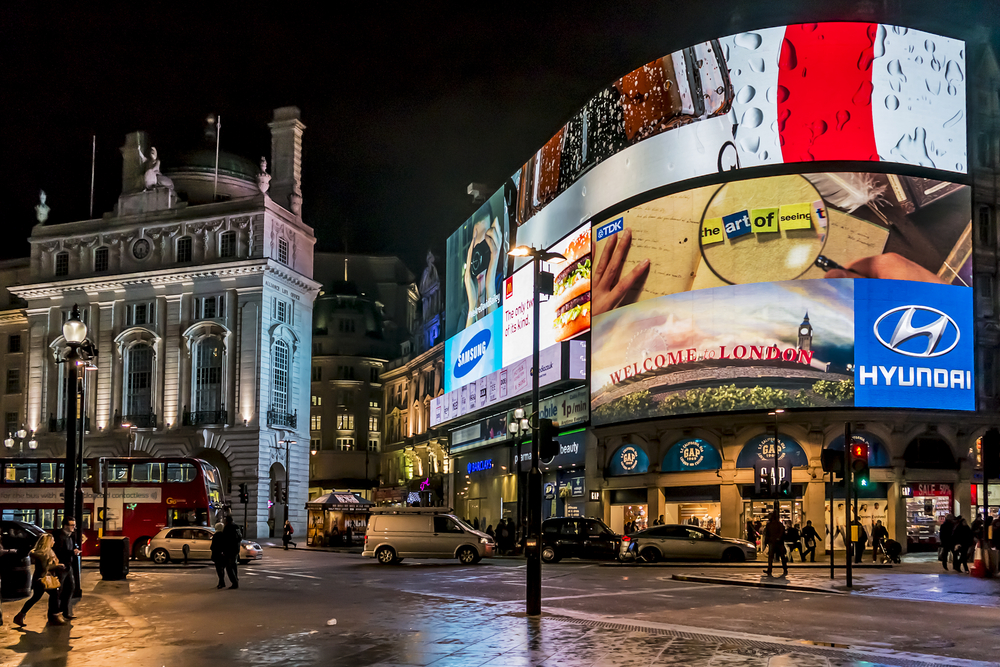In pursuit of true cross-channel marketing success, brands often link their organic search practices to website content and social media strategies, but they rarely consider out-of-home media. According to a recent report released by media industry economist PQ Media, digital out-of-home strategies are one of the fastest-growing marketing sectors within the “Digital and Alternative Media” (DAM) marketplaces. The report shows that out-of-home represents 11.1 percent of the $104 billion global marketplace for DAM advertising.
The DAM ad category includes practices like place-based networks, digital billboards and ambient out-of-home media. The channels that dominate the remaining DAM sector are unsurprising – the internet (73.3 percent), mobile (10.9 percent) and other practices (4.6 percent).
While out-of-home marketing may be out of reach for many businesses, big brands with deep pockets may find it useful for generating additional buzz about new products and services. Positioning digital billboards in busy areas and attaching hashtags for social chatter can help marketing departments understand how well their promotional techniques are doing. More, this practice allows brands to monitor product sentiment, and measure engagement to inspire future promotional campaigns.
Now that Instagram has launched a video content product, and the network reaches more than 130 million users each month, visual media and real-time interactions play even greater roles in generating sales for online and offline brands. Companies producing out-of-home campaigns can host complementary social media contests on Instagram to compel prospects’ engagement with campaigns and take their thoughts to social.
Marketers looking for new avenues to increase brand recognition through content cannot overlook outdoor opportunities. With the weather getting warming, and consumers taking to parks and beaches, some clever ad positioning may be the key to making a profit during these lethargic months.




